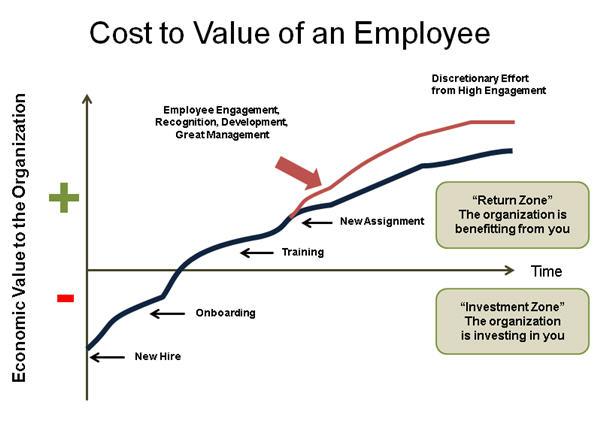Simple ways to reduce employee turnover
In a previous blog post, we talked about how talent retention has become a central piece to company strategy.
It is no longer acceptable to simply let talent leave your company. The cost of a turnover can exceed well over that of the annual salary of the worker which you have lost.
Here are some tips to reduce the turnover rate in your company:
- Make sure you hire the best possible candidate right from the beginning. A wide variety of tools are available in the field of psychometrics and personality which can be used to analysis to ensure that you choose the right candidate for the position you are filling.
- Offer an attractive compensation. Also, routinely review the compensation policy within your company. This is a strong component which will help you to retain talent.
- Make a flexible work schedule if your line of work allows such a thing. This is more common in IT and internet companies and is known for increasing productivity and avoiding the generation of the tension which comes along with a traditional work environment.
- Encourage employees to socialize. The creation of social bonds makes the workplace more comfortable and positive.
- Recognize the good work of your employees. Give rewards and bonuses to those who deserve. This will also motivate other employees to do their best to be recognized as well as give incentive to track their productivity.
Based on: WSJ




